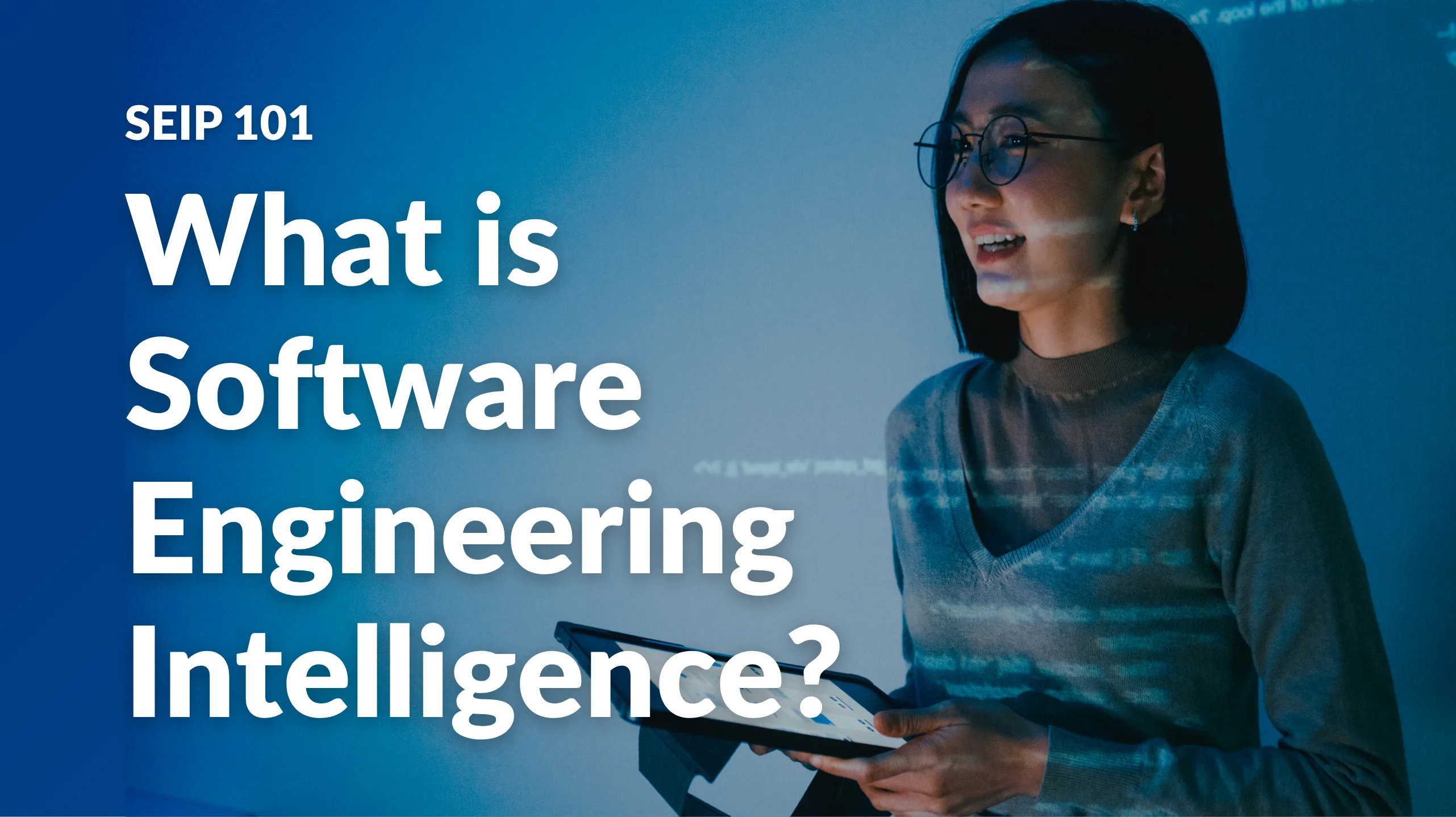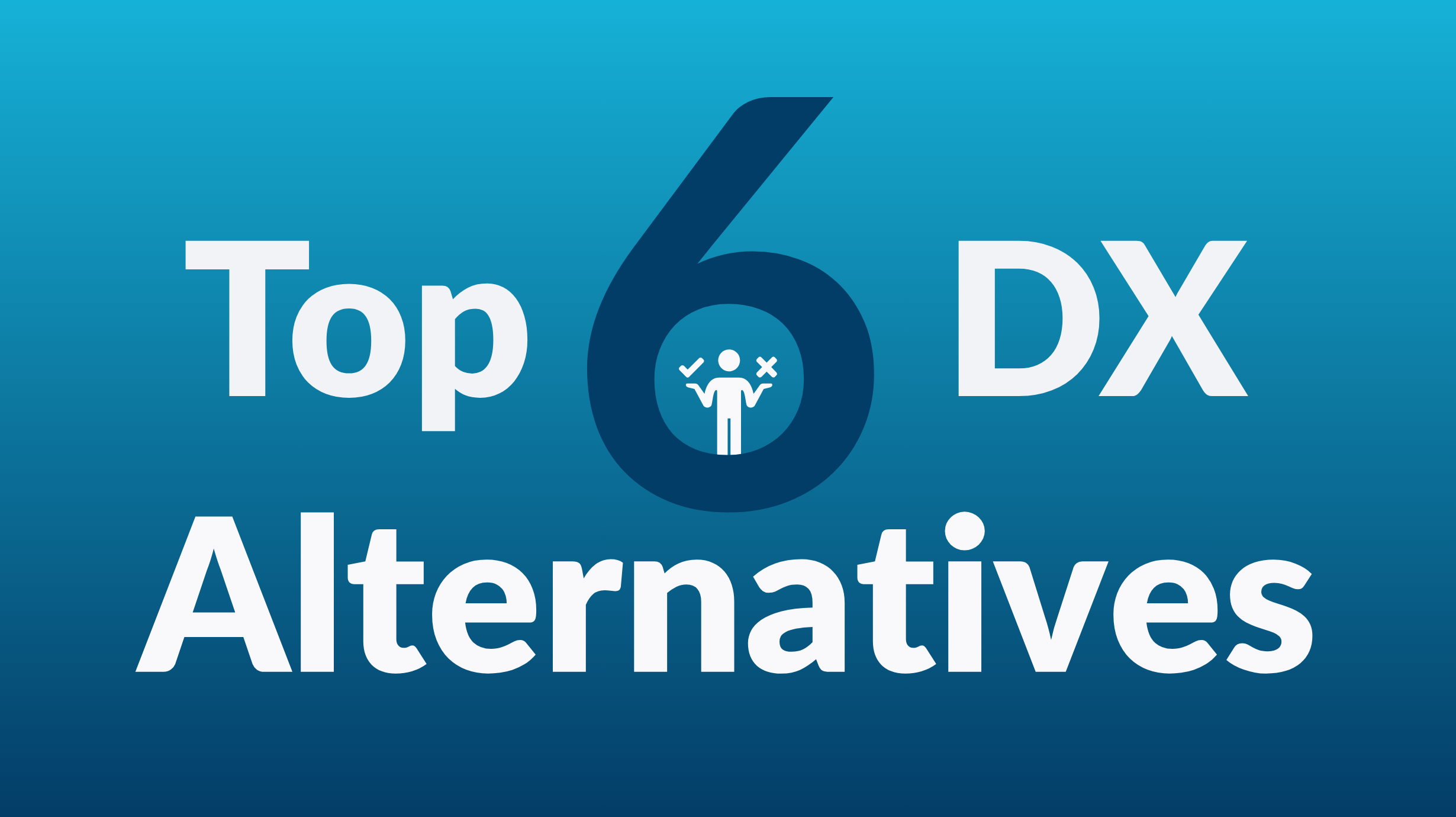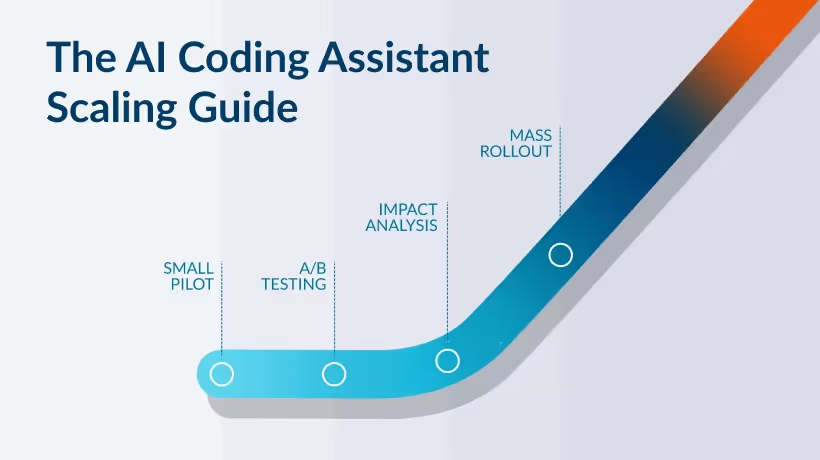Fill out this form to speak to a product expert.
What Is a Jira Ticket? Everything You Need to Know
Learn what is a ticket in Jira: types, core fields, workflow stages, and why well-crafted, context-rich tickets elevate software delivery, engineering performance, and AI autonomy.

If you work in software development, product management, or technical operations, chances are you’ve heard someone ask: “What is a Jira ticket?” or “What is a ticket in Jira?” These questions come up frequently for new team members, stakeholders, and even seasoned professionals entering an Agile environment for the first time.
At its simplest, a Jira ticket is a record of work inside Atlassian’s Jira platform—part of the same family of work-tracking units as GitHub Issues, GitLab Issues, Azure DevOps Work Items, Linear Issues, and Asana Tasks. But a ticket is much more than a task on a board. It’s a structured container of context, clarity, and communication that helps engineering teams deliver high-quality software predictably and collaboratively.
In this article, we’ll break down what a Jira ticket actually is, how it functions in the software delivery lifecycle, and why a thorough Jira ticket is essential for high-performing teams and AI tools.
What is a Jira ticket?
A Jira ticket (also known as a ticket in Jira) is a digital record that represents a unit of work. A Jira ticket captures:
- What needs to be done
- Why it matters
- Who is responsible
- What is the current status
- When the work is planned or completed
- What is the definition of done
Jira tickets allow cross-functional contributors including—engineers, product managers, designers, QA, business teams, and leadership—to align on work. They act as the single source of truth for progress and decision-making, especially in Agile teams that rely heavily on transparency and flow.
Unlike informal to-do items, a Jira ticket includes structured information, status updates, discussions, attachments, links to code, and acceptance criteria. This structure supports clarity, predictability, and traceability throughout the development lifecycle.
Why does Jira use the term “ticket?”
The word “ticket” didn’t originate with Jira. It comes from service management systems, where users would submit “tickets” for support or issue resolution. The term stuck across the software industry because it captures the idea of logging, prioritizing, and resolving a request through a defined workflow.
Jira adopted the term because it fits naturally with:
- Workflow-driven processes
- Systems that track state changes (To Do → In Progress → Done)
- Cross-team collaboration
- Issue and request traceability
Over time, both “Jira issue” and “Jira ticket” have become the interchangeable, default ways agile teams refer to work, regardless of the issue type.
What are the different types of Jira tickets?
Different types of Jira tickets represent distinct categories of work. The types help teams organize, prioritize, and deliver the right level of detail for different purposes. Below, we go over the most common types of Jira tickets, what they’re used for, and how they impact the software delivery process.
This mix of ticket types gives teams flexibility in modeling both high-level initiatives and detailed implementation work.
What information does a Jira ticket typically contain?
Most Jira tickets share common fields that help define work clearly and set expectations. Key elements that can be found in a Jira ticket include:
- Summary: A brief, clear title describing the work
- Description: Context, problem statements, requirements, and relevant details
- Acceptance Criteria: The conditions that must be met for the work to be considered complete
- Status: Where the work is in the delivery process (e.g., To Do, In Progress, Done)
- Assignee: The person responsible for delivering the work
- Priority: How urgent or important the work is
- Labels/Tags: Metadata that helps categorize and filter work
- Story Points or Estimates: Effort measurement for planning and forecasting
- Attachments/Links: Designs, documents, API specs, PRs, or related tickets
While each piece plays a role in keeping the team aligned and maintaining a reliable delivery system, it is important to note that not every Jira ticket should contain the same level of detail.
The table below outlines the major Jira ticket types and indicates which fields are commonly included or intentionally omitted to keep work structured and clear.
How do Jira tickets fit into modern software delivery?
Jira tickets act as the backbone of software delivery by connecting ideas, execution, quality, and release across every methodology. At their core, tickets move through a consistent delivery lifecycle—one that Agile, Scrum, Kanban, DevOps, and Product teams all rely on.
How a Jira Ticket Flows Through the Software Delivery Lifecycle
- Backlog Creation & Refinement → Teams capture ideas, bugs, and requests as tickets, then refine them for clarity and readiness.
- Sprint Planning or Kanban Prioritization → Tickets are prioritized during regular agile ceremonies, enabling teams to plan upcoming work effectively and balance scope with available capacity.
- Development → Engineers interpret requirements, break work into subtasks, and update progress through the ticket.
- Testing & QA → QA validates functionality against acceptance criteria, using tickets as the source of truth.
- Code Review & Deployment → Tickets typically link to pull requests, providing an audit trail for each change.
- Release & Documentation → Tickets feed release notes, changelogs, and product documentation.
- Retrospective Insights → Teams use ticket data (cycle time, throughput, blockers) to improve delivery practices.
- Backlog Grooming → Teams regularly review their ticket backlogs to ensure that important work doesn’t fall through the cracks, to verify priorities, and to close items that are no longer relevant.
Together, these stages form the core flow that every Jira ticket moves through, ensuring work progresses in a structured, transparent way from initial idea to completed delivery.
Why do good Jira tickets matter for high-performing engineering organizations?
High-performing engineering teams rely on Jira tickets because they create the foundation for consistent, predictable software delivery. When tickets are clear, complete, and structured, the entire organization benefits.
- Visibility: Clear tickets help everyone—from engineers and designers to product managers and executives—see what’s being worked on, what’s blocked, and what’s ready to ship.
- Predictability: Delivery metrics like velocity, lead time, and cycle time are more accurate when tickets are accurate and consistently updated.
- Collaboration: Jira tickets become the connective tissue between product requirements, technical implementation, design assets, and QA validation. They help teams speak the same language.
- Traceability: A well-documented ticket provides a history of decisions, links, commits, and discussions, which are essential for debugging, auditing releases, or understanding why something was built.
- Continuous Improvement: Teams can analyze ticket patterns to identify bottlenecks, workflow inefficiencies, and opportunities to improve processes or tooling.
Simply put, high-quality Jira tickets help engineering teams coordinate better, move faster, and efficiently scale their delivery practices.
How strong Jira tickets support AI systems and autonomous agents
As organizations increasingly adopt AI systems and autonomous agents, the quality of Jira tickets becomes even more important. Unlike humans, AI tools don’t benefit from tribal knowledge, quick hallway conversations, or unspoken assumptions. Instead, they rely on rich Jira ticket details to perform tasks accurately and effectively.
Here are five reasons AI systems rely on well-crafted Jira tickets:
- AI relies on explicit context, not intuition. If a Jira ticket is vague or incomplete, an AI agent may misunderstand the requirements, generate an incorrect output, or route work improperly. Detailed tickets reduce the risk of misinterpretation.
- Clear acceptance criteria enable automated validation. AI agents can write tests, check behavior, and provide validation, but only if expected outcomes are well-defined. Strong acceptance criteria act as the “ground truth” for automated work.
- Structured fields empower AI to act, not just analyze. AI can help generate subtasks, update statuses, or propose technical solutions, but only when fields like priority, dependencies, components, and descriptions are complete and consistent.
- Detailed history improves AI-assisted decision-making. Links to documentation, design files, commits, and previous discussions give AI a richer understanding of patterns and preferred approaches.
- Boundaries keep AI actions safe and aligned. Clear definitions of “done,” ownership, and constraints give autonomous agents the guardrails they need to operate safely and effectively.
Some AI tools, such as Devin, already have the capability to begin work directly from a Jira ticket. As these capabilities become more widespread, enterprise engineering orgs should treat detailed Jira tickets as a foundational capability to ensure their AI systems operate with clarity, consistency, and enterprise-grade reliability.
Detailed Jira tickets: A critical foundation for AI-powered engineering
So, what is a Jira ticket? Far more than a task entry, a Jira ticket is the fundamental unit of work that enables engineering teams to plan, track, deliver, and continuously improve software. A well-structured ticket carries critical context from idea to release, ensuring every contributor understands what needs to be delivered and why it matters.
Whether you're refining the backlog, implementing a feature, or validating a release, clear and consistent Jira ticket practices strengthen predictability, transparency, and collaboration across the entire organization. And, as AI becomes more deeply embedded in enterprise engineering workflows, detailed tickets will become even more essential for accuracy and safety at scale.
Software Engineering Intelligence platforms build on the foundation of strong Jira practices by transforming the everyday activity inside your Jira tickets into meaningful insights. They help teams understand workflow patterns, identify delivery bottlenecks, and highlight opportunities to improve team performance. If you're ready to unlock deeper visibility and drive measurable improvement, contact us to help you start generating metrics and insights from your Jira data today.
Read the report to uncover what’s holding teams back—and how to fix it fast.

What to measure and why it matters.
And the 5 critical practices that turn data into impact.

More articles for you

What is Software Engineering Intelligence and Why Does it Matter in 2025?



